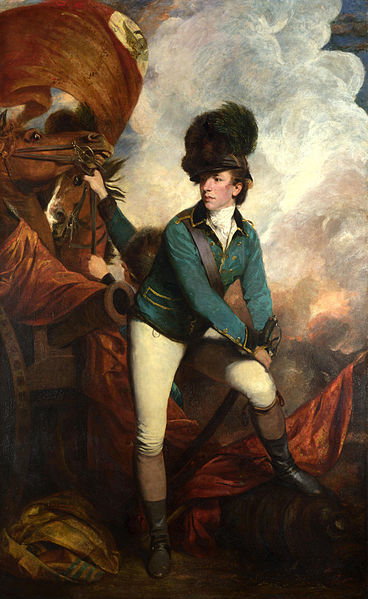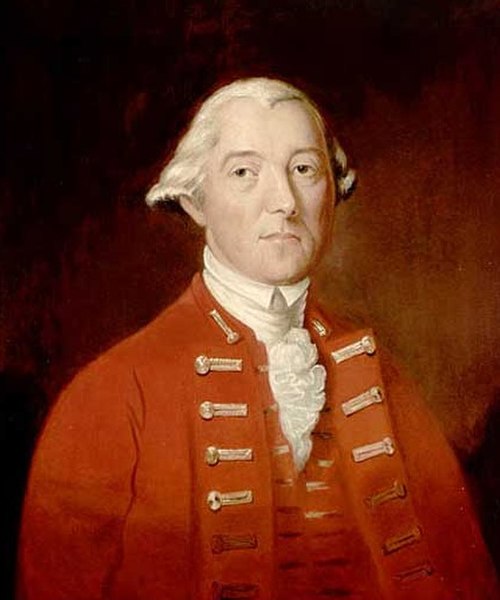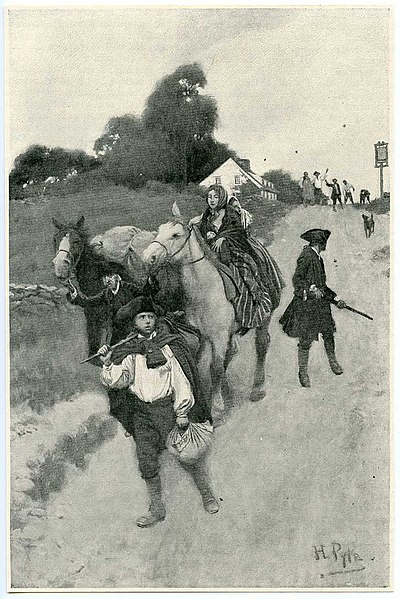Butler's Rangers (1777–1784) was a Loyalist provincial military unit of the American Revolutionary War, raised by American loyalist John Butler. Most members of the regiment were Loyalists from upstate New York and northeastern Pennsylvania. Their winter quarters were constructed on the west bank of the Niagara River, in what is now Niagara-on-the-Lake, Ontario. The Rangers fought principally in New York and Pennsylvania, but ranged as far west as Ohio and Michigan, and as far south as Virginia and Kentucky.
A soldier in Butler's Rangers during the American Revolutionary War, wearing a green wool coat, buff trousers, and a brass regimental plate on a round wool hat, from a 1910 painting by American artist Charles M. Lefferts.
A likeness of Sgt. Jacob Dittrick, in Butler's Rangers uniform, by Canadian artist, Garth Dittrick
Butler's Barracks in Niagara-on-the-Lake
Loyalists fighting in the American Revolution
Colonists who supported the British cause in the American Revolution were Loyalists, often called Tories, or, occasionally, Royalists or King's Men. George Washington's winning side in the war called themselves "Patriots", and in this article Americans on the revolutionary side are called Patriots. For a detailed analysis of the psychology and social origins of the Loyalists, see Loyalist.
Engraving of the American Revolutionary War, depicting the death of British Major Patrick Ferguson, being shot from his horse on October 7, 1780, as he commanded Loyalist regulars and militia at the Battle of Kings Mountain, a Patriot military victory.
Banastre Tarleton
Sir Guy Carleton
"Tory Refugees on their way to Canada" by Howard Pyle







